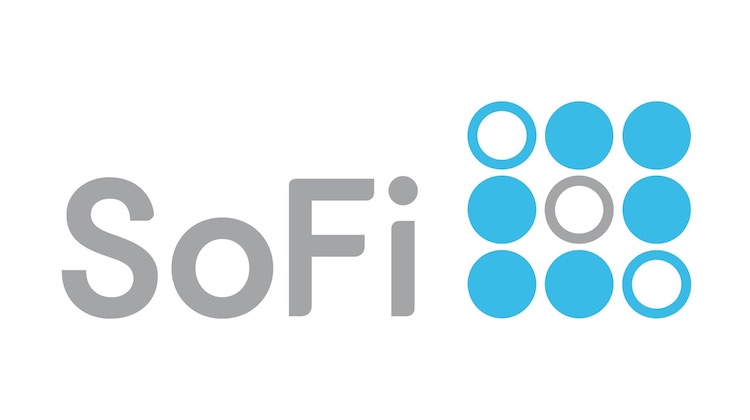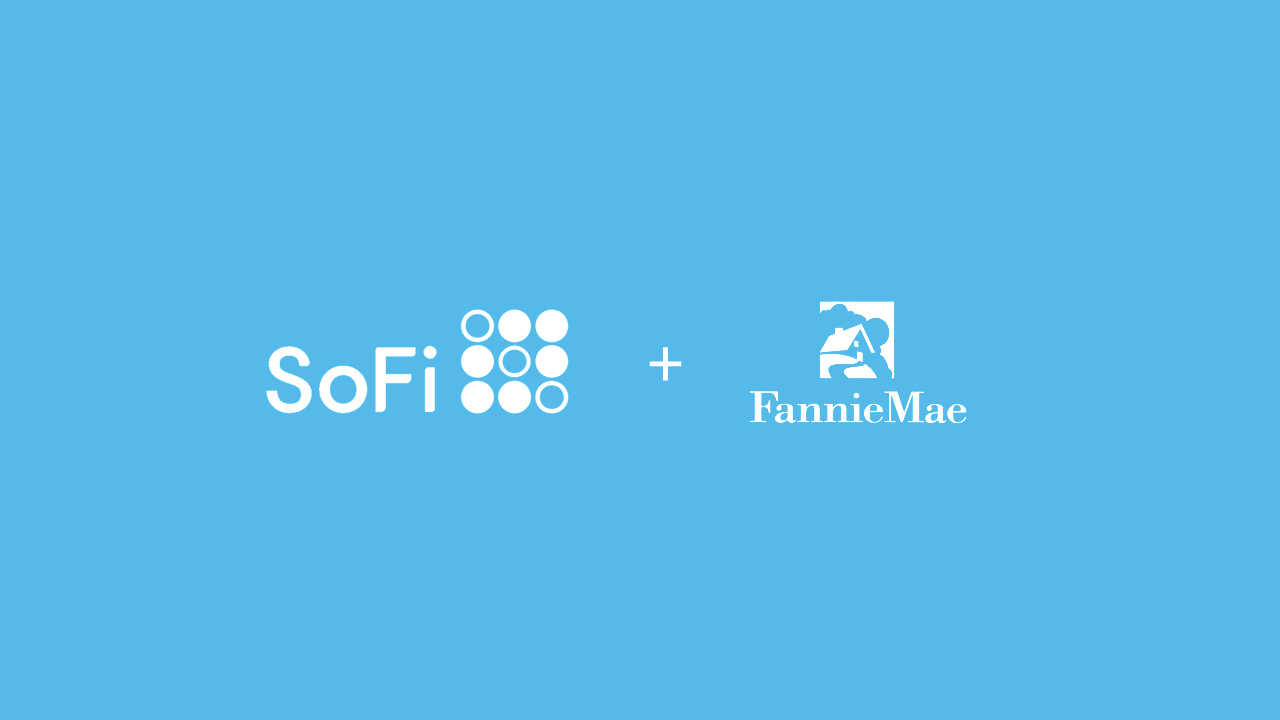Dating, schmoozing and booze: SoFi is trying to make online lending more social
SoFi prepares to become a bank
Hi 5! The top five fintech stories we’re following today
SoFi, Fannie Mae, and the fintech partnership economy
SoFi’s Joanne Bradford: ‘Money is the last taboo subject’
FICO-free zone? Traditional credit scores aren’t going anywhere
[podcast] Thiel Capital’s Phin Upham on investing in tomorrow’s financial giants
The Startups: Who’s shaking things up (Week ending March 13, 2016)
The Startups: Who’s shaking things up (Week ending December 6th, 2015)
[alert type=yellow ]Every week, Tradestreaming highlights startups in the news, making things happen. The following is just part of this week’s news roundup. You can get these updates delivered direct to your inbox by signing up for the Tradestreaming weekly newsletter.[/alert]
ApplePie Capital’s Denise Thomas on enabling investors to lend money to the right franchises, franchise owners (Tradestreaming)
Online lending marketplaces are changing the way capital is deployed and ApplePie has an interesting approach: small business loans to franchisees.
Cookies Wants To Become The Venmo Of Europe (TechCrunch)
Cookies is all about paying your friends without any fees. And now it intends to massively expand in Europe.
Trulioo’s Stephen Ufford: “Missing element to provide financial services for the 2.5 billion unbanked lies in a digital footprint” (Tradestreaming)
User identification is a seemingly simple problem, yet it stands in the way of truly opening up fintech applications. Until now, doing it well has remained elusive. Trulioo is trying to change that.
Number26 Launches Its Bank Of The Future In 6 New Countries (TechCrunch)
If you don’t like your current bank, Number26 may appeal to you. The German startup has been trying to reinvent the average banking experience in Germany and is now expanding throughout Europe.
Wealthsimple acquires online brokerage pioneer ShareOwner (Newswire)
Largest Canadian roboadvisor ($400M), Wealthsimple acquires online brokerage, ShareOwner.
SoFi’s Mike Cagney on valuation (Business Insider)
SoFi CEO Mike Cagney thinks the company could be a $30 billion business. Will he be right?
Startups raising/Investors investing
Australian Fintech Tyro Payments Raises $72M Led By Tiger Global (TechCrunch)
Australian financial tech company Tyro Payments plans to challenge the country’s leading retail banks after scoring AUD $100 million (about $72 million).
Bee Raises $4.6 Million to Deliver Banking Services (WSJ)
Banking startup Bee (which provides bank accounts, debit cards and financial services aimed at people who live in low- and middle-income neighborhoods) secures investment capital.
Clearpool secures $8 million investment (Finextra)
The electronic trading software development and agency execution business announced it has received an $8 million investment from growth equity firm, Edison Partners.
SMB Lending Technology Provider Mirador Secures $7M (Let’s Talk Payments)
Lending as a service getting more traction…and more money. Companies like Mirador help banks compete in online lending.
Q2 Acquires Social Money in $10 Million Deal (Finovate)
Formerly known as Smarty Pig, Social Money helps financial services companies better engage their customers by offering them savings solutions such as GoalSaver, a customized, bank-audited goal-saving system.
Startup Tracker’s Jeremiah Smith on how Twitter is a great distribution medium for his complement to CrunchBase (Tradestreaming)
Startup Tracker is changing the way investors and competitors research startups.
Prosper’s BillGuard Unlocks Premium Features for All Users (Finovate)
On the heels of being acquired by Prosper, the expense-management and fraud-tracking application made some of its most popular premium features available for free.
Green Dot to Enter Lending Space with Loan Marketplace (Bank Innovation)
Prepaid player Green Dot is stepping into the lending game with a marketplace for loans. The move will happen in 2016, CEO Steve Streit announced this week.
Photo credit: V31S70 / VisualHunt.com / CC BY
















